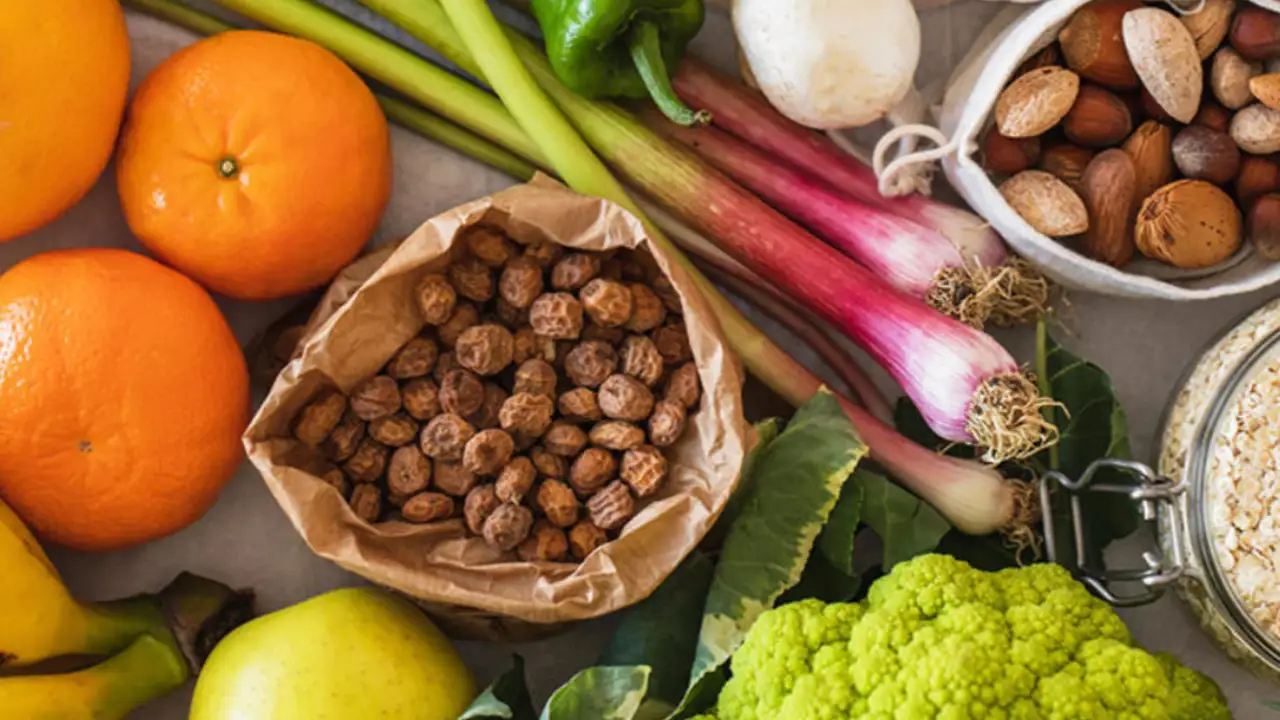Dietary Fibers: Simple Ways to Improve Gut Health and Satiety
Dietary fiber helps digestion, feeds good gut bacteria, and keeps you full longer. Most people don’t eat enough fiber, but small changes make a big difference. There are two main types: soluble fiber and insoluble fiber.
Soluble fiber dissolves in water and forms a gel. It slows digestion, helps control blood sugar, and lowers cholesterol. Good sources are oats, apples, beans, and carrots.
Insoluble fiber doesn’t dissolve. It adds bulk and speeds up stool passage. Look for whole wheat, nuts, seeds, and vegetables like cauliflower and green beans.
Aim for 25 to 38 grams a day depending on age and sex. Most adults get about half that. Start raising intake slowly to avoid bloating and gas. Add one high-fiber food at a time and drink more water. Pair fiber with protein at meals to stay full and reduce snacking.
Breakfast ideas: oatmeal with chia seeds and berries, or whole grain toast with peanut butter and banana. Easy snacks: an apple with almond butter, carrot sticks with hummus, or a handful of mixed nuts.
Legumes are fiber powerhouses — lentils, chickpeas, and black beans give fiber and protein for about a dollar per serving. Whole grains like barley, farro, and brown rice offer more fiber than refined white rice or pasta. Vegetables count too — half a plate at lunch and dinner moves your fiber total quickly.
Don’t forget fruit skins; a washed pear or apple adds several grams of fiber. If you travel or eat out, pick salads, whole-grain bread, or bean-based dishes when possible. Fiber supplements like psyllium or inulin help if diet changes are tough.
They work for constipation and cholesterol but check with your doctor if you take meds. Too much fiber too fast can cause cramping, gas, and reduced mineral absorption. Balance is key: spread fiber across the day instead of one huge meal.
Some people with IBS need low-FODMAP choices; not all fiber helps everyone. Soluble fibers like oats and some fruits are usually gentler than beans and certain vegetables. Read labels: choose cereals with at least 3 to 5 grams of fiber per serving and low added sugar.
Cooking tips: soak beans overnight to reduce gas; keep skins on veggies; swap white flour for whole-wheat flour in recipes. Shopping habits: buy frozen veggies and fruits — they’re affordable and keep nutrients. Simple swaps add up: brown rice instead of white, popcorn instead of chips, whole fruit instead of juice.
Want to track progress? Use a food app for a week to see your fiber average and tweak from there. Fiber supports steady energy, better blood sugar control, and a happier gut microbiome. Make tiny, sustainable changes and you’ll notice better digestion and less hunger between meals.
Quick, Budget-Friendly Fiber Plan
Try this simple plan: breakfast with oats and fruit, lunch with a big salad and beans, snack on raw veggies or fruit, and dinner with a whole-grain side plus vegetables. Repeat and adjust portions. Over two weeks you’ll likely hit daily fiber goals and feel less hungry, with fewer energy dips.

